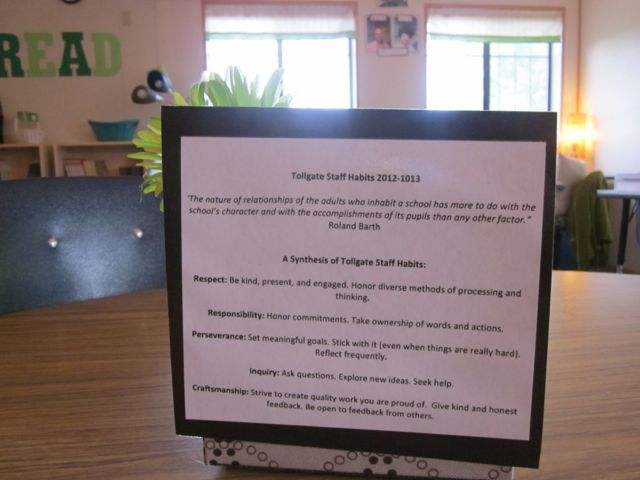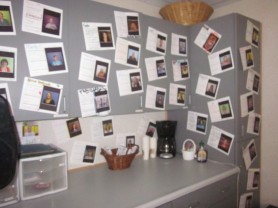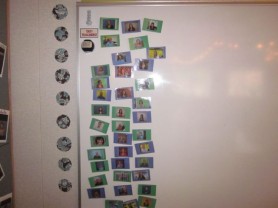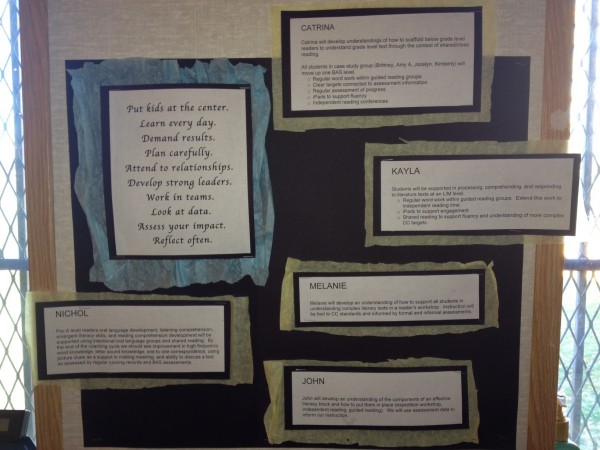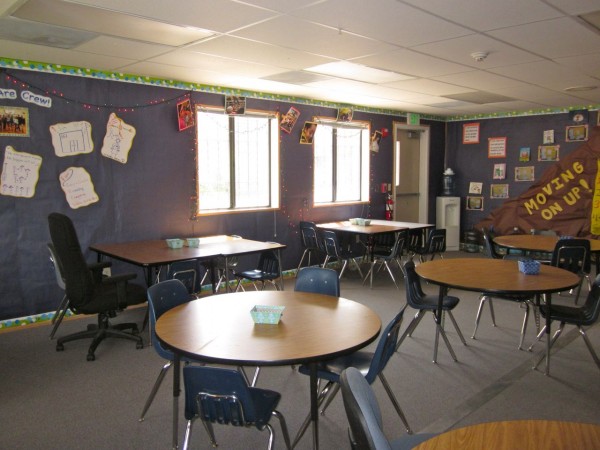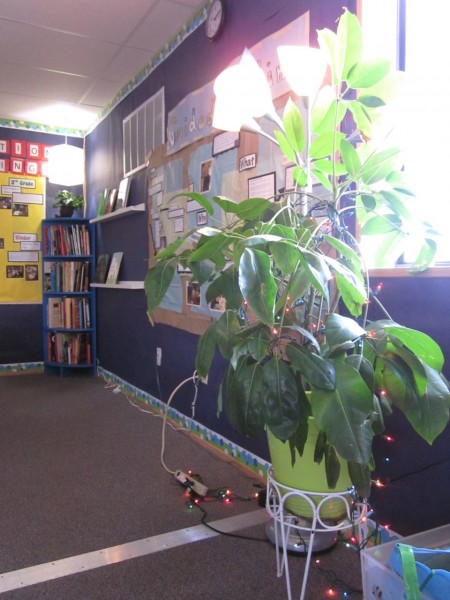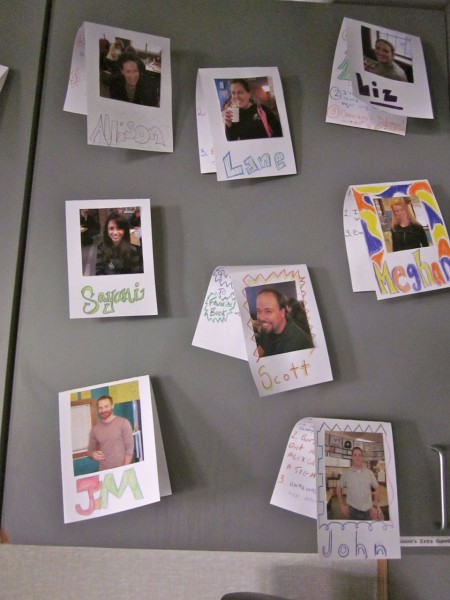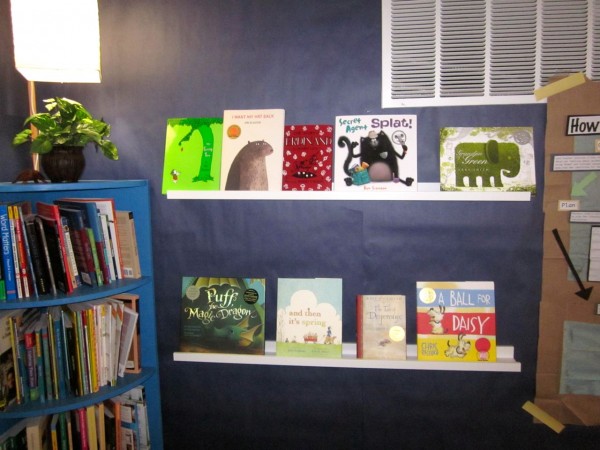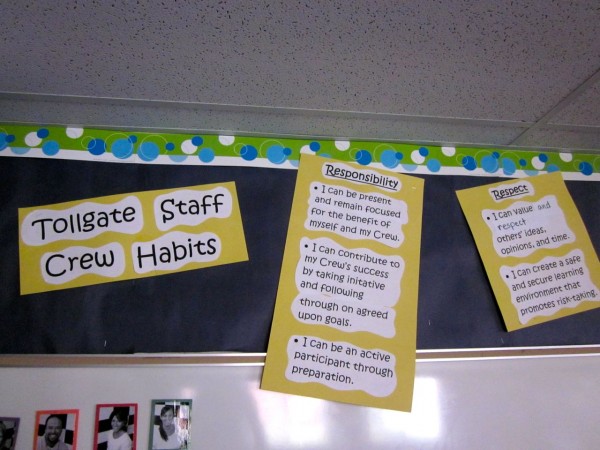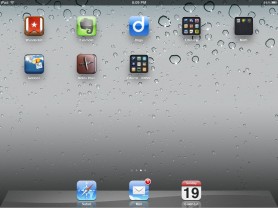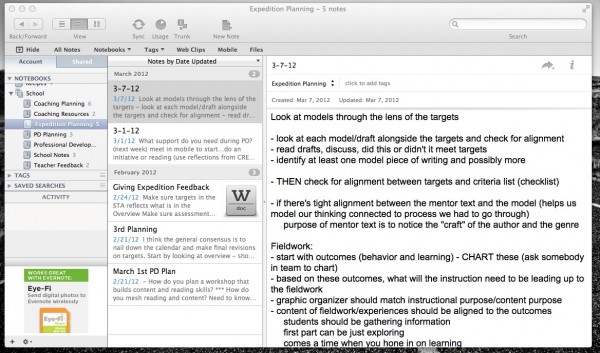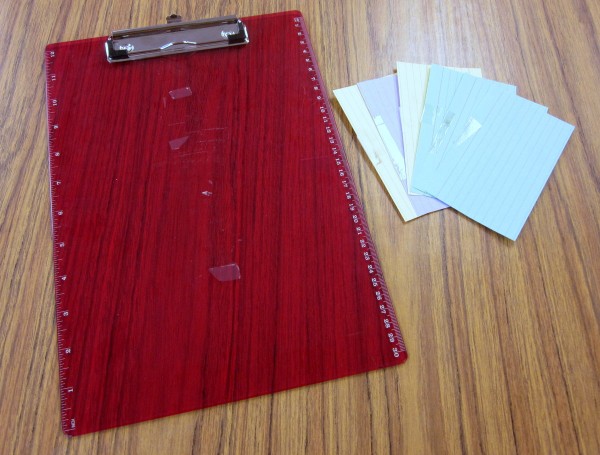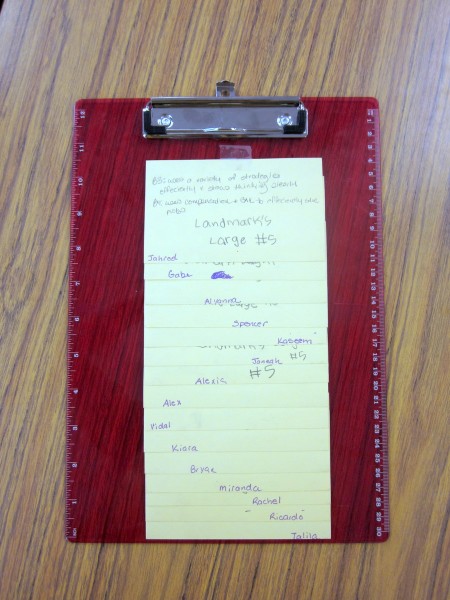This weekend I went for a bike ride with my friend Anne. As we were cruising through the back roads of Boulder, Colorado I couldn’t help but think how similar cycling is to teaching. Allow me to elaborate…
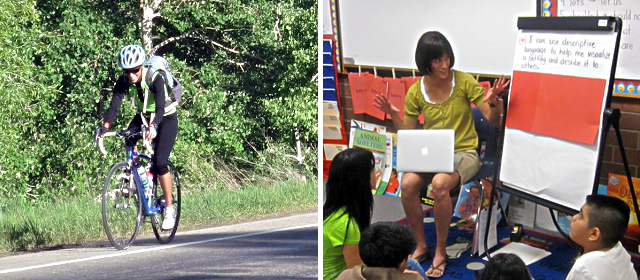
Cyclists live in one of two seasons: the on-season or the off-season. During the off-season they take time to rest and recover, reflect on accomplishments made during the on-season, and set their sights on larger goals for the season ahead. As educators, we experience our off-season during our summer breaks. We walk out of school on the last day and allow ourselves to deeply exhale. We reflect on the progress made with our students or with other teachers we’ve worked with (for us instructional coaches). Hopefully we are honest with ourselves during this time of reflection and can clearly see what worked and what might need some shaping up next season.
After each off-season for us educators, we have the great opportunity to return to school and start fresh. As we head into this school year, here are a few things we can learn from the sport of cycling that when applied to our teaching lives may serve to strengthen our own on-season. Let’s ride!
Hills Make You Stronger
As Anne and I were cruising along one of the flat, straightaway sections of our ride, life felt good. I was in my comfort zone, my body felt strong, and my mind felt focused. After rounding a bend though, the road started to change. It started to go up. Before I knew it I was climbing one heck of a steep hill. My legs started to slow down, my bike wobbled underneath me, and my mind felt anything but focused.
These moments not only exist on the road, they are also very real occurrences during our days in the classroom. A student who you feel like you’ve finally gotten a pretty good handle on all of a sudden explodes because of an argument over a pencil and the calm in your classroom turns to chaos. The copier breaks just when you need it most or a lesson you spent a good deal of time planning totally bombs. Sometimes these “hills” string together and you feel like you’ll never make it to the top.
Whatever you do…don’t stop pedaling. Dig deep and keep cranking. Once you’re off the bike it is significantly harder to get started again. Just when you think you can’t go anymore, guess what…YOU CAN. When you do arrive at the top you’ll be stronger and wiser as a result.
Ride With Others
Going on a ride with others is just more fun. Team rides can motivate you and improve your skills. You can also be sure there will be someone there to help you out in the case of a flat tire or a forgotten granola bar.
Teachers have an enormously complex job with a crazy number of responsibilities. Working together as a team (grade-level, administration, specialists, school wide) matters. Our fellow educators can inspire us, support us, laugh with us, or just grab a coffee with us. Research shows that relational trust among teachers and school leaders improves student achievement.
So this year remember to smile and say “hello” to other teachers in the hall, assume positive intent, and stop to help when you see another teacher with a flat. Little things like that make a difference.
Set Goals, Train Hard
If you were to ask just about any cyclist who has completed a century ride how they were able to accomplish such a feat, I would be willing to bet they would say it involved goal setting and some serious training.
Setting goals for yourself and your students using all current data (formal and informal) that you have ensures that you have a clear target to aim for. Without that do you really know where you’re headed in your day-day work or why you’re headed there? Concrete goals inspire us and tracking our training or our progress motivates us. If you can involve students in tracking their OWN progress towards clear learning targets, even better!
Our instruction in the classroom must be strategic, precise, and engaging to make “century ride” results a reality.
Coaching Counts
Competitive cyclists care about results. They realize that few can sustain their best performance on their own. This is where coaching comes in.
I recently read a great article that spoke to this truth about coaching. In it the author discusses the importance of coaching in becoming your “personal best.” The following excerpt from this article aptly describes the important role a coach plays in doing so:
Élite performers, researchers say, must engage in “deliberate practice”—sustained, mindful efforts to develop the full range of abilities that success requires. You have to work at what you’re not good at. In theory, people can do this themselves. But most people do not know where to start or how to proceed. Expertise, as the formula goes, requires going from unconscious incompetence to conscious incompetence to conscious competence and finally to unconscious competence. The coach provides the outside eyes and ears, and makes you aware of where you’re falling short.
Through a variety of approaches (co-planning, demonstration, descriptive feedback) instructional coaches can help push your thinking and your practice. Letting someone into your classroom to observe you can feel like an intimidating risk. Taking important risks like this however can pay off greatly for you and your students. So this year open your doors, invite in your instructional coach and see how far you and your students can climb.
Rest and Recover
Rest and recovery are essential for high-level performance. This is true for both cycling and teaching. One of the best things you can do for yourself after a long ride is to eat a good meal, kick up your feet and take it easy. This is great training advice for us educators as well.
Cyclists know that when they don’t build in enough days for rest and recovery, they’re at risk of suffering from overtraining syndrome – a difficult condition to recover from. Likewise with teaching, if we’re not careful about creating some balance in our lives, we are at risk of teacher burnout. This condition isn’t fun for you or your students and is also very difficult to recover from.
Remember to take care of yourself this year. Pack a healthy lunch, pause during your hectic day just to breathe, and maybe even enjoy a nice glass of red wine at the end of your day. I’d say you deserve it.













